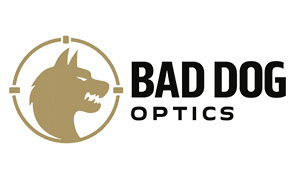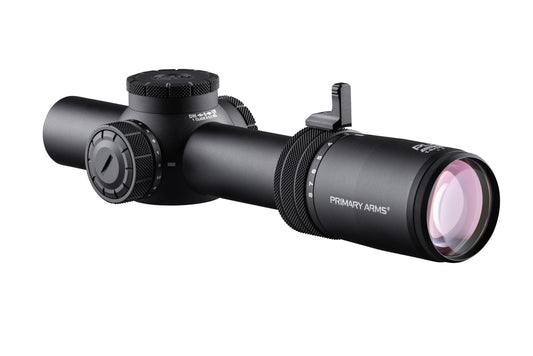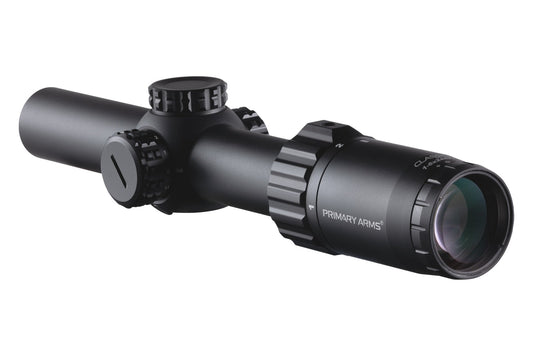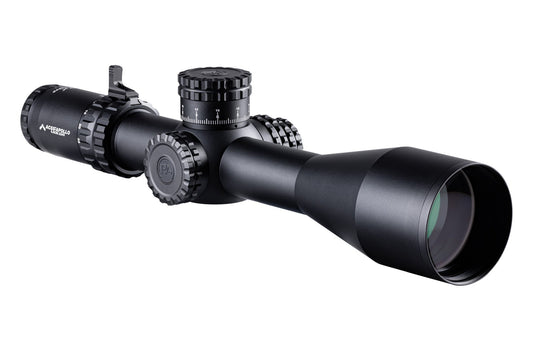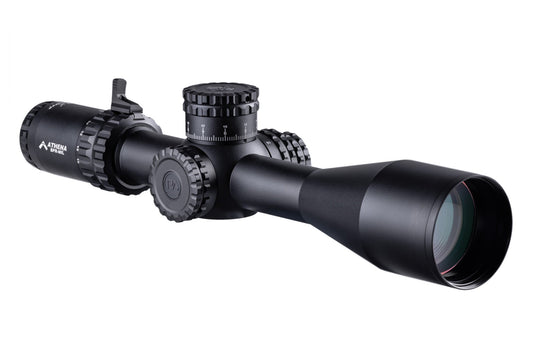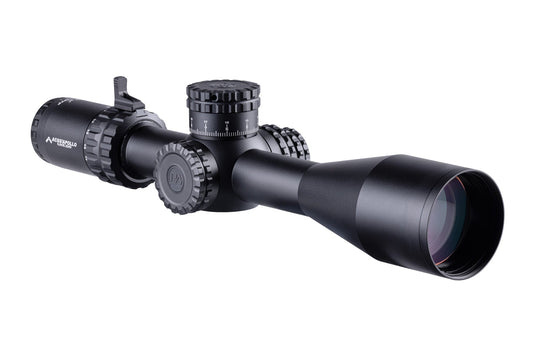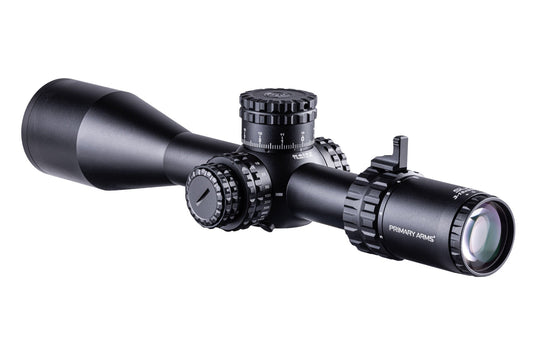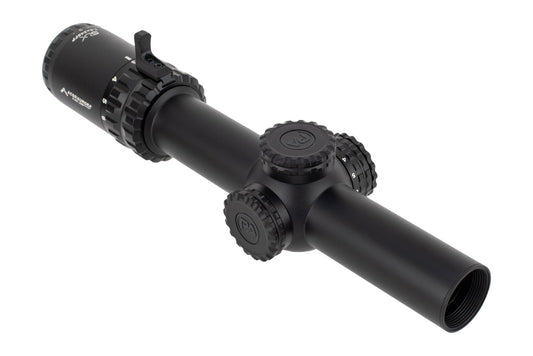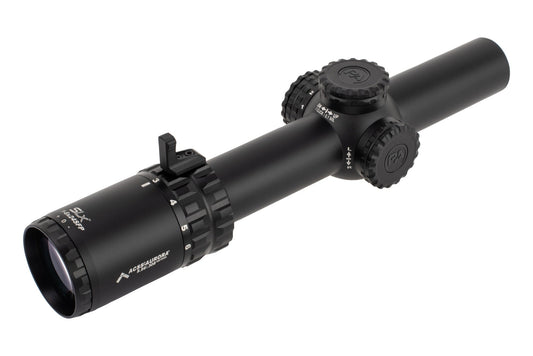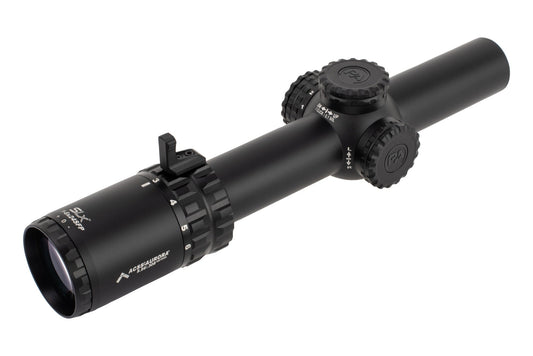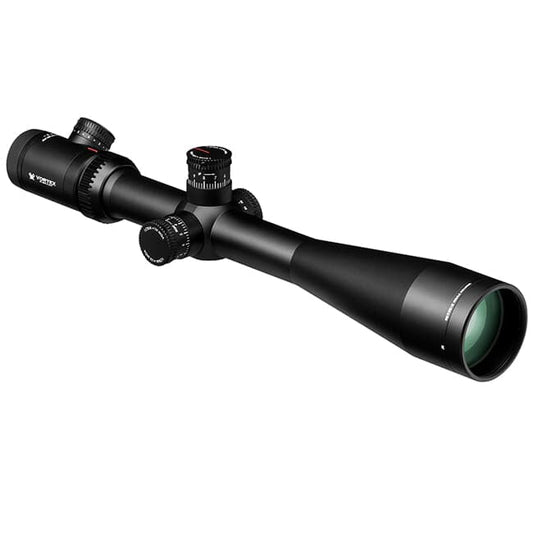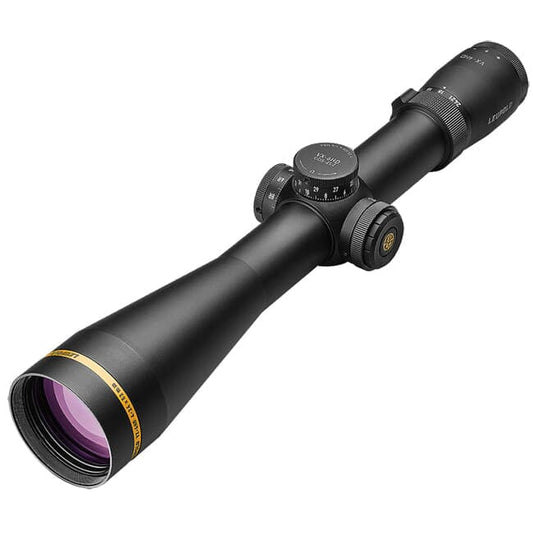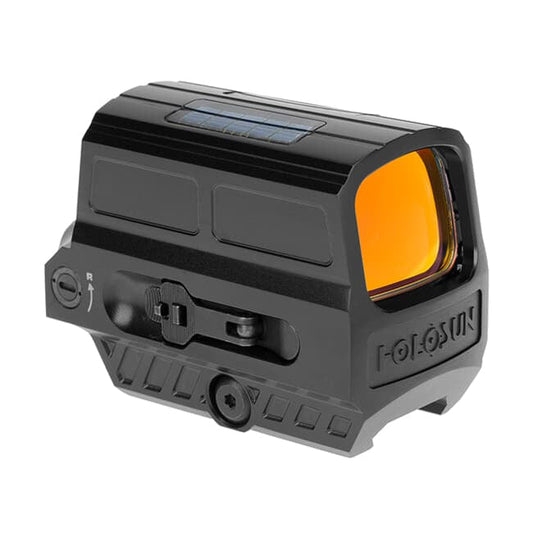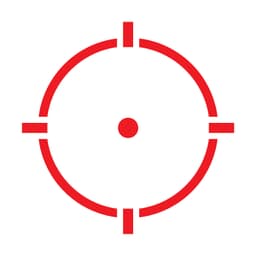Premium Rifle Scopes | Shop Top Brands
- Featured
- Best selling
- Alphabetically, A-Z
- Alphabetically, Z-A
- Price, low to high
- Price, high to low
- Date, old to new
- Date, new to old
- Featured
- Best selling
- Alphabetically, A-Z
- Alphabetically, Z-A
- Price, low to high
- Price, high to low
- Date, old to new
- Date, new to old
Primary Arms SLx 1-10x28 SFP Rifle Scope - Illuminated ACSS Griffin M10S Reticle
Primary Arms Classic Series 1-6x24 SFP Rifle Scope - Illuminated Duplex Reticle
Primary Arms PLx 6-30x56 FFP Rifle Scope - Illuminated ACSS Athena BPR MIL Reticle
Primary Arms SLx 1-8x24 FFP Rifle Scope - Illuminated ACSS Griffin X MIL Reticle
Whether you're tracking game in the backcountry or sighting in targets at 500 yards, a reliable rifle scope makes all the difference. This collection brings together top-tier optics with features built for accuracy, durability, and real-world use.
From tactical setups to big-game hunts, our rifle scopes give you a crisp, clear view of the shot—no matter the conditions.
Why Choose Our Rifle Scopes?
We carry premium scopes from trusted brands like Vortex, Leupold, Zeiss, Sig Sauer, and more. These aren’t just high-end names—they're proven performers trusted by law enforcement, military, and competitive shooters alike. Each scope is carefully selected for quality optics, rugged construction, and versatility across shooting styles.
Whether you're dialing windage at long range or making quick adjustments in the field, our lineup includes options for every use case. Waterproof. Fog-proof. Shockproof. Built for wherever you take your rifle.
